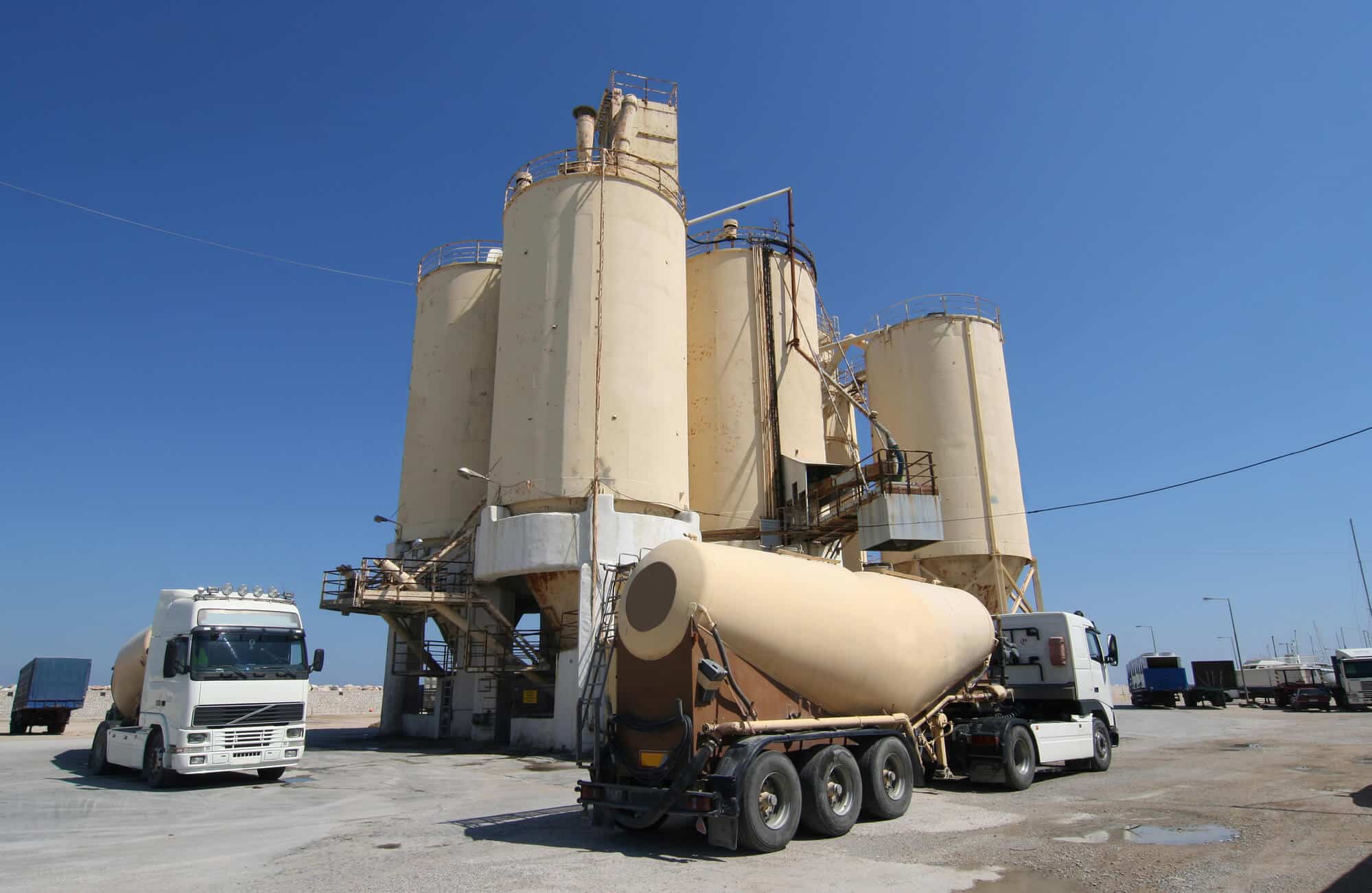Polyrock is a concrete in which soft plastic particles are incorporated that are difficult to form in any other way, but it is also cheap, stable and has acoustic and durable properties

In a new study conducted by scientists from RMIT University and published in the journal "Technology Org", soft plastic granules were found that may make concrete 35% stronger and more durable, while being more environmentally friendly, reducing the plastic waste produced in the concrete making process and easy to recycle.
Concrete has been used for thousands of years almost everywhere in our environment, from the houses we live in to the cities, factories and roads we use. To make effective use of plastic, which is considered one of the most complex materials to recycle, scientists and engineers have developed a plastic aggregate that improves the stability of concrete.
Both an environmental and economic achievement
Although the gravel and sand are considered quite rare resources in nature and their production requires quarrying which damages the environment quite a bit, until now these are the materials that have been used for the purpose of stabilizing the concrete. The new plastic aggregate that the researchers discovered, makes it possible to create concrete in a new way that provides a solution to both the strength of the material and the amount of waste produced in the process.
Similar studies were conducted on the subject in the past, but the results did not go far. Researchers and scientists over the years tried to combine and mix different materials with concrete, but there was no breakthrough that made concrete stronger or more durable. In cases where significant improvements or achievements were achieved, the problem was the high economic cost of the production method. The new idea is considered an achievement, because it makes it possible to save valuable materials, the production of which causes the emission of carbon dioxide.
105 A thousand tons of plastic
The researchers discovered that by means of soft plastic granules it is possible to produce concrete with convenient characteristics to use, which makes it possible to reduce the plastic waste produced in the process and lower the production costs.
It is estimated that 105,000 tons of soft plastic can be recycled and converted in just one plant, which is a huge reduction in waste. The combination between the plastic granules and concrete is considered a precedent, because it is easy to use and quite cheap. Although today only 10% of the concrete is combined with the plastic granules, the ambition in the future is to improve the mixture.
strong, Durable and environmentally friendly
The new idea of using plastic in combination with concrete blocks was tested using tires in Australia. No less than 53% of all tires are transferred to landfills or burned at the end of use, and only 47% of tires are actually recycled and used for other purposes. Since rubber cannot be melted, the solution is to shred the tires for reuse. Through shredding, the tires can be used to pave playgrounds or outdoor sports facilities - but nothing more.
To solve the problem and enable more widespread use of the new concrete, during the research, the scientists developed a method for producing pre-prepared blocks with a stock of shredded tires. The method itself is quite simple: first the rubber is mixed with the concrete, and then the entire mixture is compressed so that no air remains. The result obtained is a block that can be used in construction, and is considered more durable, more economical And about 35% stronger than traditional concrete products that we know
Australia, behind you
In Parkston, Australia, parking lots and pedestrian paths have already been built using the plastic granules - and the results are great. One of the future ambitions is to make future use of the improved concrete for the purpose of printing buildings in XNUMXD, in many countries around the world.
The new concrete called "Polyrok" May reduce huge amounts of waste, while making concrete more suitable for certain uses. To allow this revolution to happen, a product is required that provides economic benefits alongside preserving the quality of the environment and reducing waste, and Polyrock completely delivers the goods: as a relatively cheap and economically viable material, with good acoustic properties, strength and durability. The ambition is to see in the future more buildings, parking lots and houses made of concrete combined with plastic.
Seyed Kazmi, One of the creators of the plastic integrated concrete processing technology, says: "The technology can be easily applied in the concrete industry, through a very small change in the existing production processes, with the addition of only one step in the final stage of production."
The content is promoted content courtesy of Kel Betton - easyconcrete.co.il - Concrete sawing and drilling all over the country.
